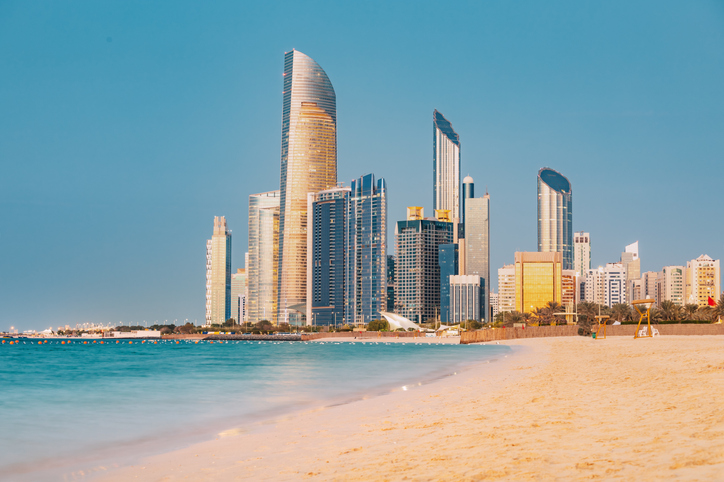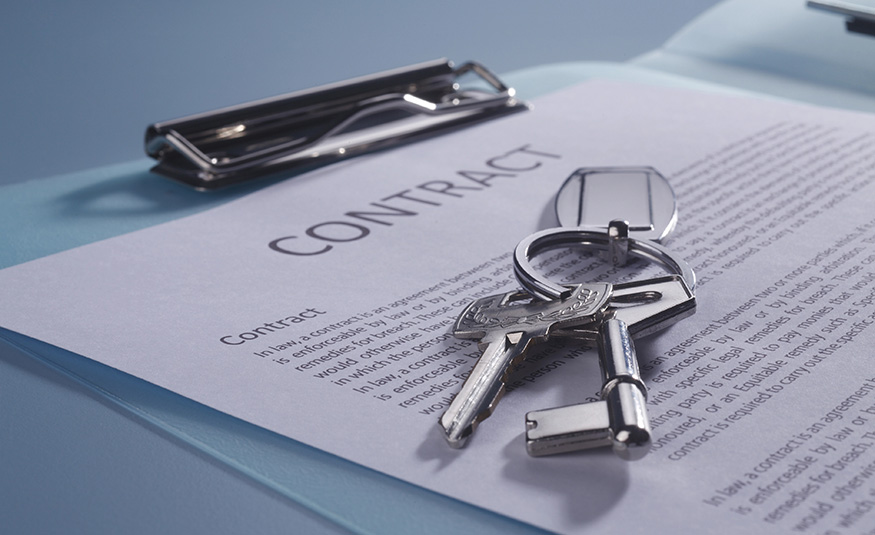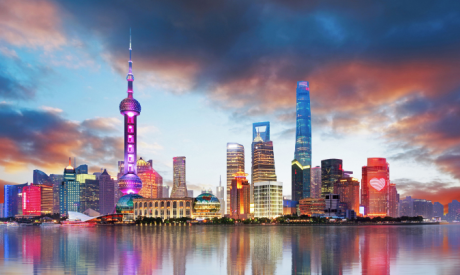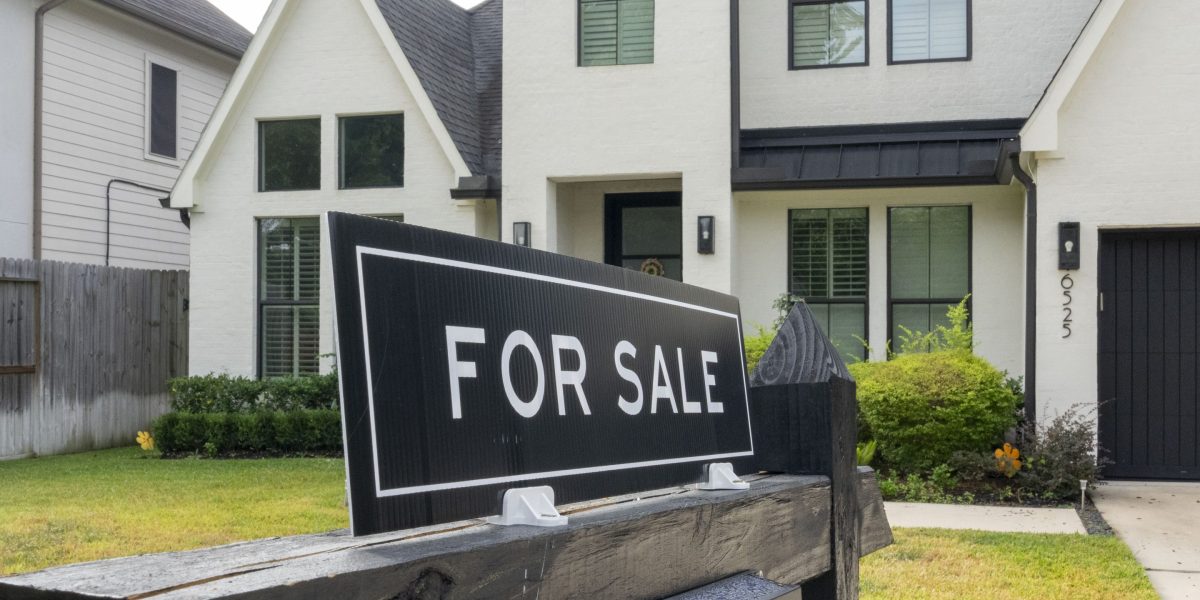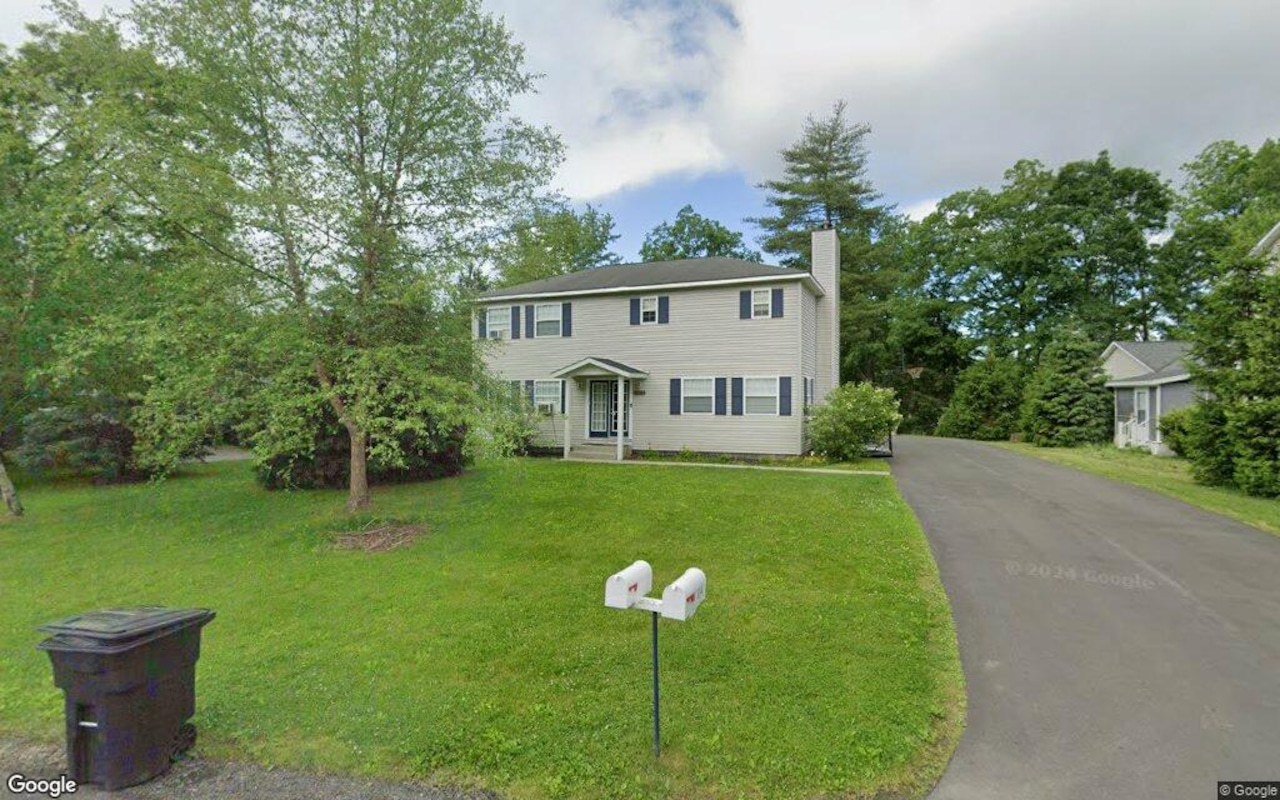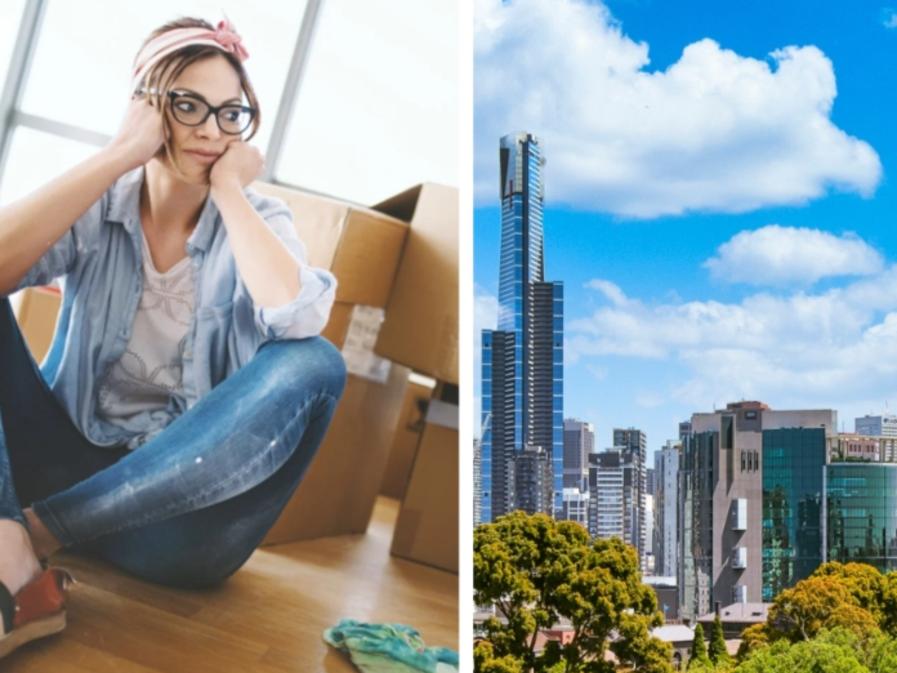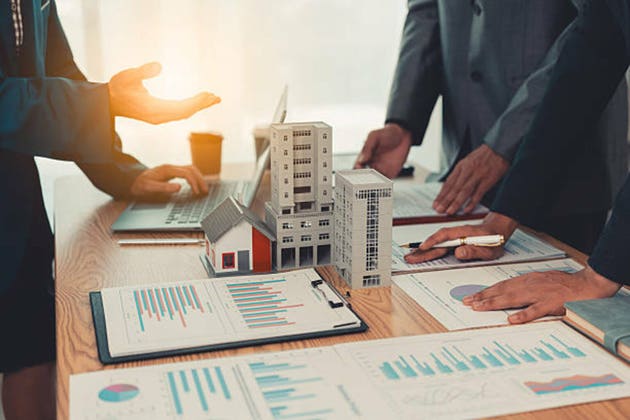R
eal estate developments often feel disconnected from the communities they serve. A new approach is bridging that gap by investing in local artists and their work. This strategy aims to create a sense of community and connection among residents, transforming living spaces into vibrant hubs.
The Upton, a luxury multifamily development in Atlanta's Chosewood Park neighborhood, has taken this approach with an artist-in-residence program. Five creatives are now on board, including Adam Stephenson and Sage Guillory, who will create art and events that foster a spirit of creativity and community. Developers believe this will attract residents who see the property as unique.
"This is about building communities through people," says Rob Kincheloe, Partner at META Real Estate Partners. "By programming art throughout the property and having artists live within the community, we hope to create a sense of belonging."
Other developers are following suit, incorporating artist-driven initiatives into their properties. Gallery Residential has spearheaded similar programs in Chattanooga, Tennessee; Huntsville, Alabama; and Pensacola, Florida.
"We see art as more than just a visual element – it's a bridge to community, identity, and lasting value," says Tracy Bowers, co-founder of Gallery Residential. "We're intentional about curating artist-driven programs that resonate with residents."
Developments like Wynwood Walls in Miami, Artspace, and The Guild in Washington, D.C., are also leveraging art to create unique living spaces. These initiatives aim to preserve cultural authenticity and foster deeper emotional ties between residents and their surroundings.
The Upton takes this approach further by incorporating an organic garden and partnering with local chef Justin Dixon for garden-to-table dining experiences. This blending of art, sustainability, and community-building might represent a new model for residential real estate – one where properties exist in a kind of ecosystem, promoting a richer, more connected way of living.


